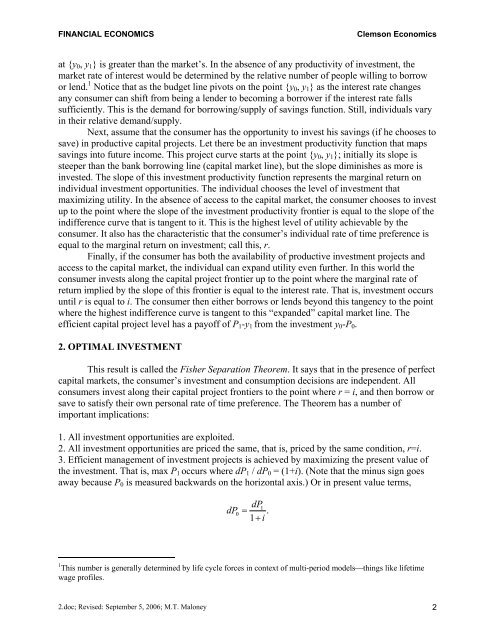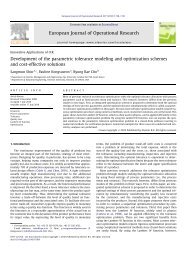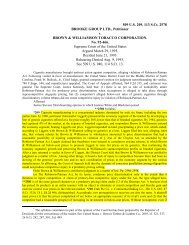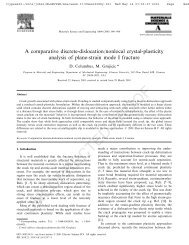Fisher Separation Theorem & Consumer Optimization 1. TWO ...
Fisher Separation Theorem & Consumer Optimization 1. TWO ...
Fisher Separation Theorem & Consumer Optimization 1. TWO ...
Create successful ePaper yourself
Turn your PDF publications into a flip-book with our unique Google optimized e-Paper software.
FINANCIAL ECONOMICS Clemson Economics<br />
at {y0, y1} is greater than the market’s. In the absence of any productivity of investment, the<br />
market rate of interest would be determined by the relative number of people willing to borrow<br />
or lend. 1 Notice that as the budget line pivots on the point {y0, y1} as the interest rate changes<br />
any consumer can shift from being a lender to becoming a borrower if the interest rate falls<br />
sufficiently. This is the demand for borrowing/supply of savings function. Still, individuals vary<br />
in their relative demand/supply.<br />
Next, assume that the consumer has the opportunity to invest his savings (if he chooses to<br />
save) in productive capital projects. Let there be an investment productivity function that maps<br />
savings into future income. This project curve starts at the point {y0, y1}; initially its slope is<br />
steeper than the bank borrowing line (capital market line), but the slope diminishes as more is<br />
invested. The slope of this investment productivity function represents the marginal return on<br />
individual investment opportunities. The individual chooses the level of investment that<br />
maximizing utility. In the absence of access to the capital market, the consumer chooses to invest<br />
up to the point where the slope of the investment productivity frontier is equal to the slope of the<br />
indifference curve that is tangent to it. This is the highest level of utility achievable by the<br />
consumer. It also has the characteristic that the consumer’s individual rate of time preference is<br />
equal to the marginal return on investment; call this, r.<br />
Finally, if the consumer has both the availability of productive investment projects and<br />
access to the capital market, the individual can expand utility even further. In this world the<br />
consumer invests along the capital project frontier up to the point where the marginal rate of<br />
return implied by the slope of this frontier is equal to the interest rate. That is, investment occurs<br />
until r is equal to i. The consumer then either borrows or lends beyond this tangency to the point<br />
where the highest indifference curve is tangent to this “expanded” capital market line. The<br />
efficient capital project level has a payoff of P1-y1 from the investment y0-P0.<br />
2. OPTIMAL INVESTMENT<br />
This result is called the <strong>Fisher</strong> <strong>Separation</strong> <strong>Theorem</strong>. It says that in the presence of perfect<br />
capital markets, the consumer’s investment and consumption decisions are independent. All<br />
consumers invest along their capital project frontiers to the point where r = i, and then borrow or<br />
save to satisfy their own personal rate of time preference. The <strong>Theorem</strong> has a number of<br />
important implications:<br />
<strong>1.</strong> All investment opportunities are exploited.<br />
2. All investment opportunities are priced the same, that is, priced by the same condition, r=i.<br />
3. Efficient management of investment projects is achieved by maximizing the present value of<br />
the investment. That is, max P1 occurs where dP1 / dP0 = (1+i). (Note that the minus sign goes<br />
away because P0 is measured backwards on the horizontal axis.) Or in present value terms,<br />
dP<br />
0<br />
dP1<br />
= .<br />
1+<br />
i<br />
1 This number is generally determined by life cycle forces in context of multi-period models⎯things like lifetime<br />
wage profiles.<br />
2.doc; Revised: September 5, 2006; M.T. Maloney 2
















